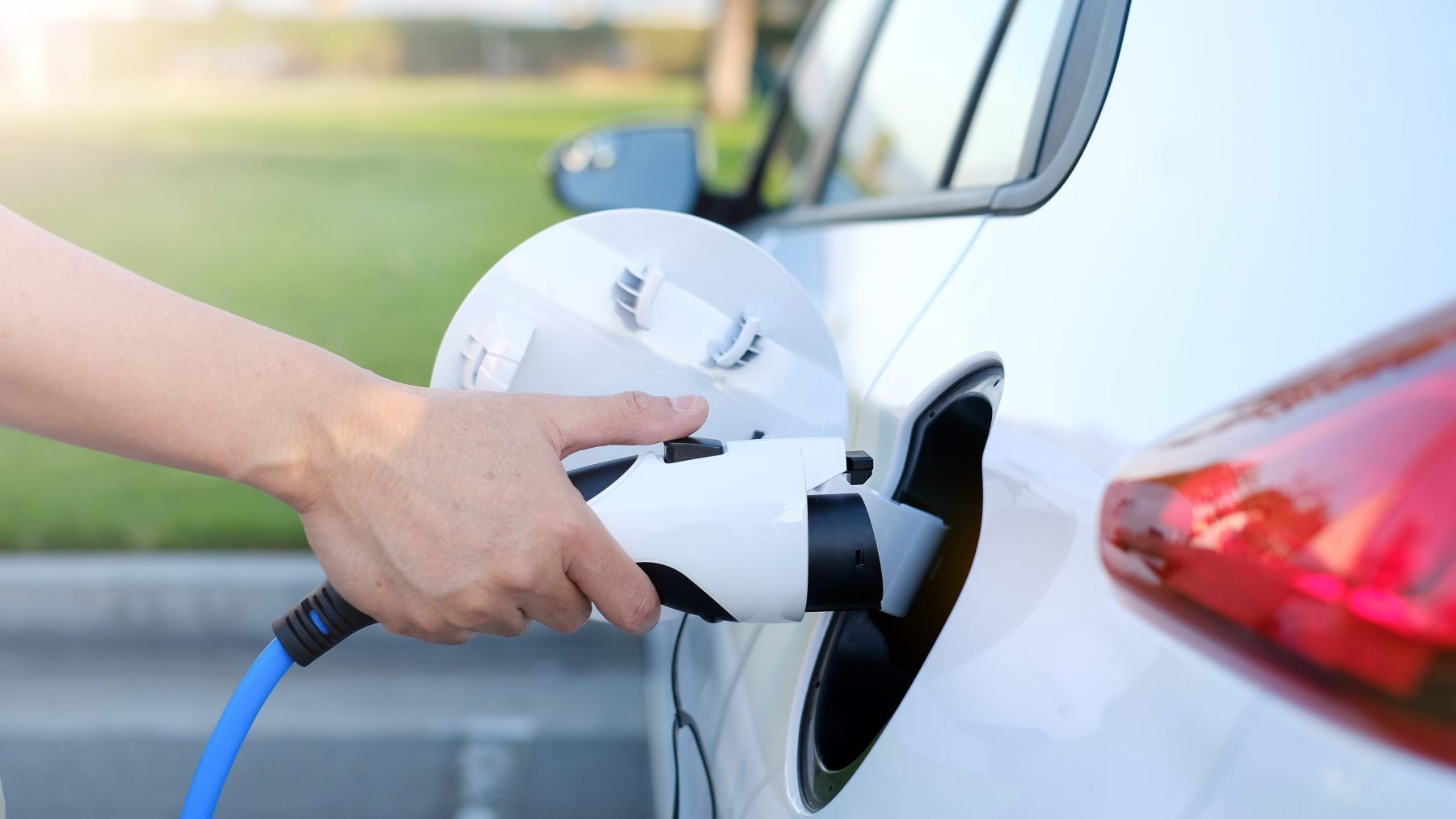It’s been over two years since the government released its electric vehicle (EV) infrastructure strategy, which laid out an ambitious pathway to increase the number of convenient, affordable EV charging points across the country and support the phaseout of petrol or diesel-powered vehicles.
Several of the strategy’s key targets were set for 2023. And since those deadlines have now passed, we’ve got a lot of questions to ask…
How has the world of EVs evolved since last March? Does the UK need to pick up the pace to meet its EV charging infrastructure goals? What role can lighting consultants like us play in helping councils and authorities do their bit to support the country’s EV journey? Let’s find out!
The EV charging story so far
We’re pleased to say that EV charging infrastructure has improved drastically since the pre-EV-infrastructure-strategy days.
ZapMap’s latest statistics reveal that there were 59,590 EV charging points across the UK at the end of 2024 (not including home or workplace chargers). This marks an impressive 47% increase in the total number of charging devices since the same time the year before.
Moreover, ZapMap found that the overall rate of installation has increased by 35% compared with the average across 2023. Plus, it discovered that a quarter of chargers installed are high-powered ones ideal for drivers on long journeys.
However, as impressive as all this sounds, it’s a bit too little, too late.
In the 2022 infrastructure strategy, the government pledged to ensure there are at least six high-powered chargepoints at each motorway service by the end of 2023. But it failed to do this.
The recent House of Lords inquiry into the UK’s EV strategy also found that the availability of public chargepoints is highly variable and people are anxious about whether they’ll be able to charge EVs reliably, affordably and quickly. That doesn’t exactly scream success!
Essentially, whilst the rollout of EV charging infrastructure needs to speed up, the age-old phrase ‘quality over quantity’ still applies. Which brings us to our next point…
The importance of great design
Imagine you needed to fill up your diesel car, but most petrol stations only offered petrol. Or that your car’s fuel cap is on the right-hand side, but all the pumps are designed for cars that top up on the left — with short hoses that don’t reach far enough to go around. It wouldn’t matter how many of them were installed; they’d be no use to you.
It’s a similar story with EV charging points.
If EV chargers aren’t designed with users’ needs in mind, it’ll never be easy for EV drivers to top up. As a result, people won’t be as inclined to make the swap and the government could struggle to reach net-zero by 2050.
So, anyone considering installing public EV charging infrastructure must think about how to…
Get the electrics right
Of course, one of the first things on your mind when installing EV chargers is the electrical supply (or voltage) you need and whether the existing site has the wiring to deliver that.
Destination chargers in places like shopping centres can be slower, as drivers can park up and return in a few hours once the car’s ready to go. En-route chargers alongside highways, on the other hand, are used for quick top-ups, and so need to work much faster. It’s all about where your site’s located and who’ll be using the chargers…
Prioritise accessibility
Lots of guidance has been developed to ensure EV charging points cater to drivers with diverse accessibility requirements — and it’s important you use it to plan your installations.
For instance, there’s Designability’s Design Guidance. This document uses the first-hand experiences of disabled drivers and passengers to expand on various aspects of the PAS 1899:2022 British Standard for accessible EV charging designs. Think things like the spacing between chargers to the positioning of informative signage!
Ensure sustainability and cost-effectiveness
In today’s climate, environmental and financial factors are some of the most important parts of any installation. Luckily, the two often go hand in hand — especially when it comes to lighting design.
Take LEDs as an example. These modern assets are a favourite amongst lighting consultants, offering exceptional energy efficiency at a low cost. Or there are solar-powered lights. Generating free electricity from the sun, they keep EV charging spaces lit without the high emissions associated with traditional alternatives. Perfect for meeting the needs of EV drivers and your project!
All in all, there’s a lot to think about when it comes to EV charging points — and that’s only the start of it. But you don’t have to go it alone…
DFL is one of the UK’s leading independent lighting consultancies. We offer fuss-free electrical and EV design services that can help you master all the above. To find out more, call +44 (0)1962 855080 or email info@dfl-uk.com.























